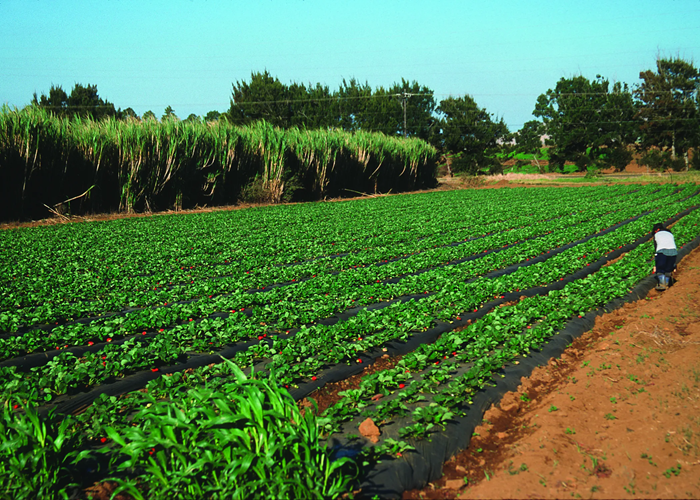Tropical agriculture has ceased to define the Hawaiian economy. Colonial commodities such as sugar cane could not compete with new markets in the early 1990s.
As recently as the 1970s, much of the coastal plains were vast plantations of sugar cane and pineapples. These crops not only depleted the soil and polluted it with pesticides, but also required a large labor force.
Over the past 20 years, there has been a change in land use, the division of land into small and varied types of farming, and the expansion of settlements. Only single shoots of wild cane along the roads remind us that about 285 km² of Hawaiian Island was occupied by sugar cane, which was intensively grown and processed for a century and a half. However, about 35% of the land remains in agricultural circulation.
Today, it is much more profitable to grow nut, coffee, and papaya orchards and it is easier to cultivate them. Farmers produce bananas, coconuts, lychees, taro, sweet potatoes, vegetables, and a variety of tropical ornamental plants for sale at local markets. Large areas are preserved as cattle pastures for which forests were cut down. A clear boundary between ranches and protected forests can be seen on the slopes of Mauna Loa.
